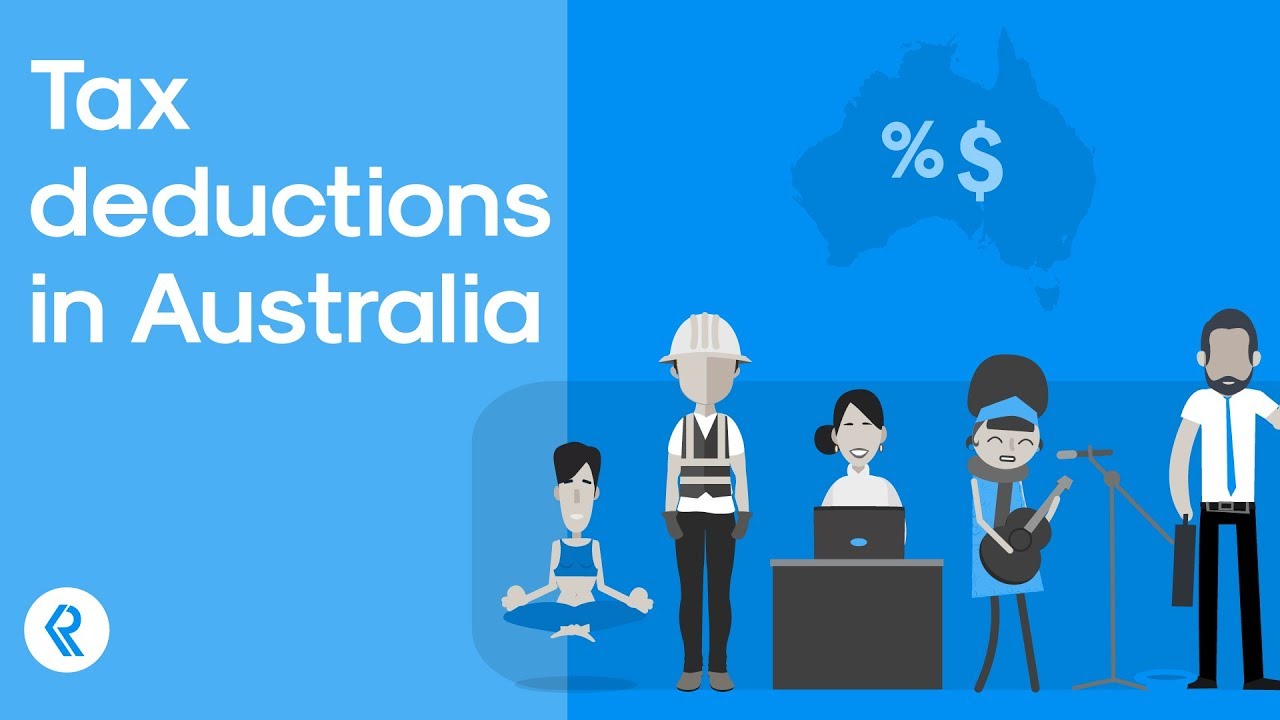The era of digitalisation has undoubtedly driven the need for laptops and other electronics to new heights. For those employed in roles that necessitate the use of such equipment, it becomes crucial to understand the tax implications surrounding their use. At SureCanDo Computer Services, we aim to simplify the often complex matter of tax deductions as they relate to laptops in Australia.
The Basics: Can You Claim a Laptop on Your Tax Return?
The answer is – yes, you can. However, it’s essential to note that only the work-related portion of the laptop expense can be claimed. The Australian Taxation Office (ATO) understands that individuals typically use laptops for both work and personal purposes, so claiming the full cost could potentially raise red flags and lead to an audit.
To accurately account for your work-related usage, it is advisable to maintain a work diary for a minimum of 4 weeks, indicating:
- The date
- A brief overview of work-related tasks performed
- The duration of work and personal usage on the computer
Maintaining this log will help you calculate an average over the year. Remember, it’s important to update your records if your work-related usage changes significantly over time.
For those unsure about their usage breakdown, consulting a professional tax accountant could save you from costly mistakes.
What Proof Do You Need to Claim a Laptop on Tax?
Record-keeping is crucial when it comes to claiming laptop-related expenses. Make sure to retain receipts, tax invoices, contracts, work diaries, and any financial institution communications. Your proof of purchase must include:
- The supplier’s name
- The cost of the laptop
- The purchase date
- A detailed description of the purchase
If you’re struggling with keeping your records straight, consult our comprehensive guide to keeping tax records and maximising deductions.
To Deduct or Depreciate: That is the Question
Choosing between deducting or depreciating your laptop depends on its cost and whether you’re an employee or a business owner. As an employee, if your laptop costs $300 or less, you can claim an immediate deduction. However, if it costs more than $300, you’ll need to depreciate it over 2 years.
Business owners and freelancers earning less than $5 billion per year can claim an immediate deduction for most assets purchased between 6 October 2020 and 30 June 2023. For businesses with turnovers more than $50 million but less than $5 billion, they can claim new assets only. From 1 July 2023, businesses with turnovers of less than $500 million can claim a full deduction for assets under $1,000.
Other Electronic Items as Tax Deductions
The ATO also permits deductions on other electronics such as desktop computers, modems, monitors, tablets, mobile phones, and printers. Remember, these items are considered capital purchases and may need to be depreciated over a specific timeframe.
Common running costs for computers include internet fees, electricity, repair and maintenance, software, hosting fees, cloud storage, and consumables such as ink and paper.
Remember, you can only claim a tax deduction if you incurred the cost, and you have not been reimbursed for it.
In Summary
With the ATO’s continuing crackdown on record-keeping and work-related expenses, it’s critical to ensure that you’re claiming accurately. To avoid triggering an ATO audit, it’s worthwhile to seek professional assistance to maximise your deductions and your tax return.
